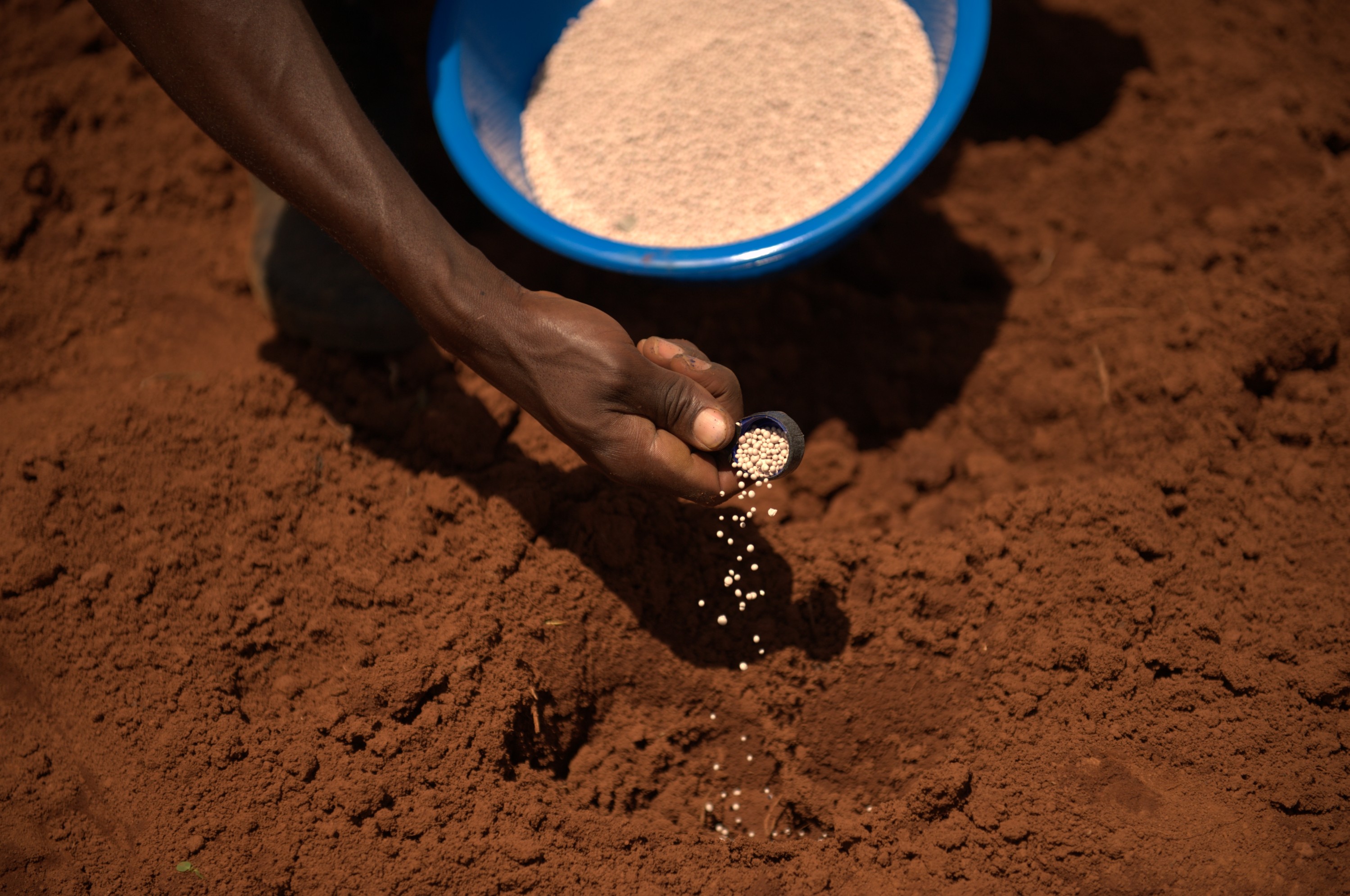About this course
This course will provide an in-depth understanding of the principles of fertilizer application for optimal crop growth and yield. The course will cover the importance of determining the right source of nutrients, providing them in sufficient quantities, balanced proportions, available forms, and at the right time. The course will also emphasize the importance of applying the right rate of the selected source of nutrients to ensure that the required plant nutrients are supplied in sufficient and balanced proportions.
Comments (0)
Smart agriculture practices are essential for sustainable agriculture, especially with the effects of climate change becoming more evident. The best way to farm is by applying fertilizers correctly, and this involves understanding the different types of fertilizers available and their effects on crop growth and soil health. Organic fertilizers derived from natural sources are a good choice for sustainable agriculture, while inorganic fertilizers made from synthetic materials can also be used in moderation.
Choosing the right source of fertilizer, whether organic or inorganic, is a critical decision that farmers must make. Organic fertilizers are an excellent choice for sustainable agriculture as they help to improve soil health and promote biodiversity. On the other hand, inorganic fertilizers can offer a quick nutrient boost to crops.
Assessing plant nutrient demand is essential for successful plant cultivation. Understanding the factors influencing plant nutrient demand, such as the growth stage and environmental conditions, and using tools like soil testing and plant tissue analysis can help growers make informed decisions regarding fertilization and other cultivation practices. By ensuring that plants receive the nutrients they need, growers can optimize plant growth and yield.
Understanding the factors that affect soil fertility and methods used to assess nutrient supply capacity is crucial for sustainable agriculture practices. With the impact of climate change, smart agriculture practices like good agricultural practices and sustainable agriculture are essential for the longevity of the soil's fertility. Through proper assessment and management, soil can provide the necessary nutrients for healthy plant growth and a sustainable future.
Soil fertility is a crucial factor in agricultural productivity and sustainable agriculture. Farmers must adopt appropriate soil fertility management practices to ensure their soil's long-term productivity and health. By adopting a combination of soil fertility management practices such as fertilizer application, organic matter addition, crop rotation, cover cropping, and conservation tillage, farmers can improve their soil fertility, increase crop yields, and contribute to the overall sustainability of agriculture.
Determining the optimal nutrient application rate requires economic considerations. Fertilizer costs are a significant part of a crop's total production costs, so optimizing fertilizer use to minimize costs is essential.
In agriculture, fertilizer is a vital input for increasing crop productivity. However, the indiscriminate use of fertilizers can negatively impact soil health and the environment. Therefore, applying fertilizers efficiently, in the right amount, and at the right time is essential. To achieve this goal, predicting fertilizer use for efficiency is necessary. This module will discuss how to predict fertilizer use for efficiency and achieve optimal crop productivity.
The amount of fertilizer to be applied in a particular field is calculated by considering the recommended nutrient application rate in kg/ha, the field's size, and the available fertilizer's nutrient content.
Quiz & Certificates





